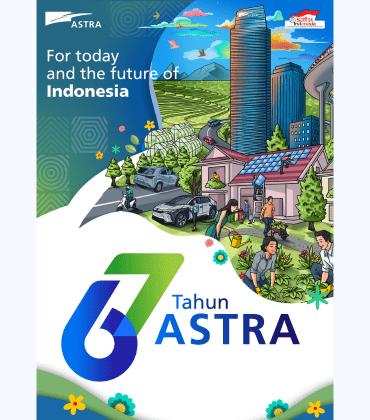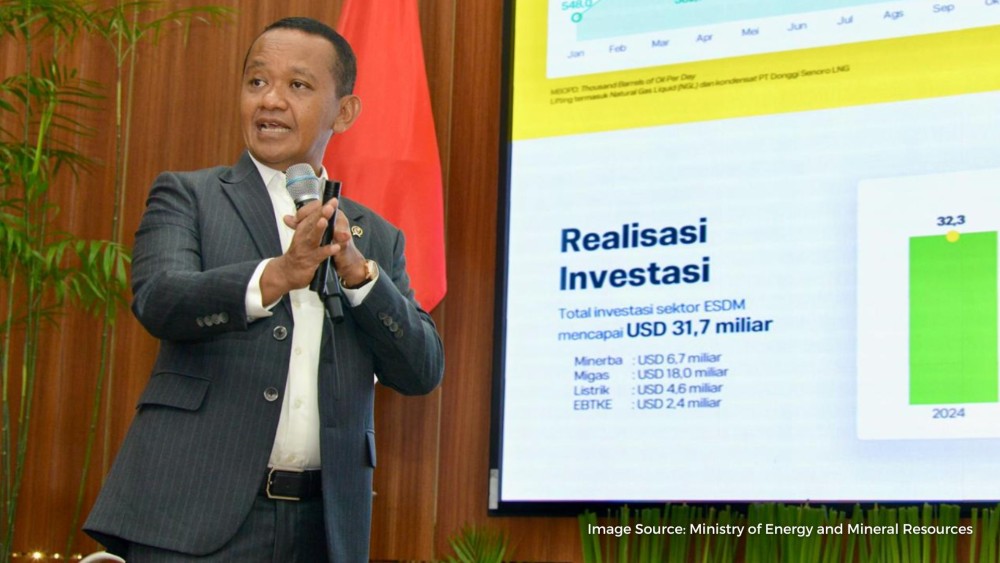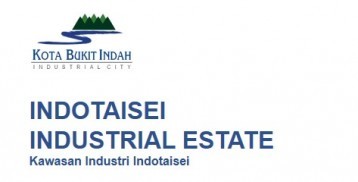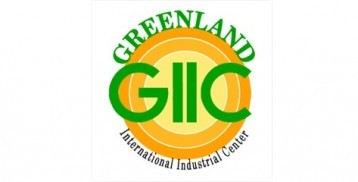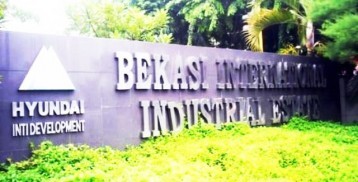This Week's Headline (Jan. 20 - 26, 2024)
26 Jan 2024
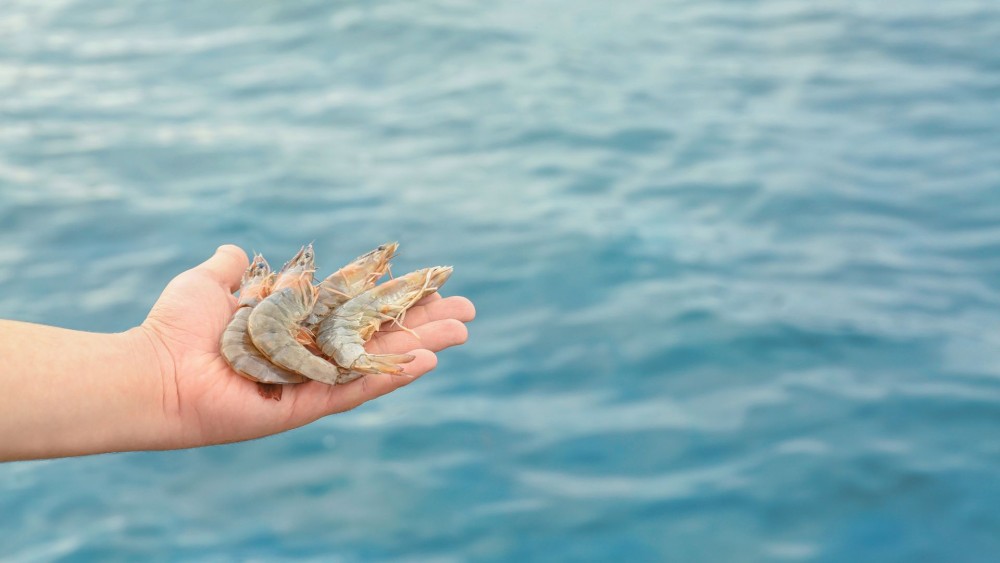
Indonesian Nickel Miners Face Plummeting Prices and Oversupply Concerns
Indonesian miners are grappling with the decreasing nickel prices, approaching their lowest level since 2021.
According to Stockbit data, as of Jan. 22, 2024, nickel prices have dropped by 44.64 percent year on year, reaching $15,799 (Rp 247.52 million) per ton.
Meidy Katrin Lengkey, the Secretary-General of the Indonesian Nickel Miners Association (APNI), said that Indonesia is adding to the drop in nickel prices because there's too much supply of Indonesian nickel products.
Meidy pointed out that the decline in nickel prices has been happening since the beginning of 2023, particularly in February and March of that year.
"We're worried that if it falls below 15,000, we'll be in real trouble, unable to cover our production expenses. Right now, many APNI members are only producing to break even," Meidy Katrin told Beritasatu.com, a sister publication of the Jakarta Globe, on Tuesday.
To address this, APNI has taken several measures, including the establishment of the Indonesia Nickel Price Index in collaboration with the Shanghai Metals Market (SMM) in November 2023. This emergency index is expected to at least slightly boost nickel prices in the future and help reduce illegal mining.
"It's more than just setting a price; it's about pride. We take pride in adopting Indonesian prices. The progress is promising; it's already in motion, even if it's only for a specific type of nickel, known as MHP (mixed hydroxide precipitate) nickel," Meidy said.
Additionally, Meidy said that three years ago, APNI had established a benchmark mineral price (HPM) used for all domestic nickel ore transactions.
APNI has proposed several recommendations to the government to prevent further corrections in nickel prices. One of the suggestions is urging the government to halt or impose a moratorium on the construction of new nickel smelters.
"Let's support existing smelters so that our reserves won't deplete," she said.
Furthermore, Meidy conveyed the grievances of global nickel industry players, who seem to harbor jealousy towards Indonesia's nickel production, which is considered one of the lowest among other countries.
Indonesia and Australia hold the world's largest nickel reserves, each boasting a substantial 21 million metric tons. In 2022, Indonesia's nickel mines produced an estimated 1.6 million metric tons, as reported by the US Geological Survey.
Source: Jakarta Globe
The First Commercial Biomethane Factory In Indonesia Officially Operates, Its Capacity Is 387,500 M3
Indonesia officially has its first commercial bioCNG pabio. The BioCNG/Biomethane factory, located in Bujakan POM, Bhagahan Village, Kuala District, Langkat Regency, North Sumatra Province, was inaugurated after going through the construction process for approximately three months.
This factory was built by PT KIS Biofuel Indonesia part of the planned construction of 25 (twenty five) Bio-CNG factories with a capacity of 15,500 M3 BioCNG per day, with a total of 387,500 M3 Bio-CNG per day, which is expected to result in a reduction of 3.7 million tons of Co2 per year and produce 3.7 million carbon loans per year.
"We really appreciate the success of the first BioCNG Plant Development project that has been implemented by KIS Group in Langkat. We hope that this BioCNG plant will run well and make a significant contribution in supporting the energy transition in Indonesia, especially in the context of utilizing biogas into energy," said Director of Bioenergy, Directorate General of New Energy, Renewable and Energy Conservation (EBTKE), Ministry of Energy and Mineral Resources (ESDM), Edi Wibowo representing the Director General of EBTKE of the Ministry of Energy and Mineral Resources in his remarks quoted Wednesday 24 January.
Edi said, in supporting the energy transition program, the Government of Indonesia through various documents and policies has prepared targets, strategies and programs for utilizing new and renewable energy in stages, measurable and quickly. Among them is by setting a target for the utilization of EBT of 23 percent by 2025 as stated in the National Energy Policy.
Edi said, the Indonesian government through the Ministry of Energy and Mineral Resources has also compiled the National Energy Grand Strategy (GSEN) as an effort to reduce dependence on fossil energy consumption, including breakthroughs that are currently in the study stage, namely the use of large-scale biogas or industry as a substitute for LPG, namely Bio-CNG or CBG (Compressed Biomethane Gas).
To develop BioCNG, the Ministry of Energy and Mineral Resources made various efforts, such as issuing SNI 9164 Biometanas for Fuel in 2023 with BSN, as well as conducting live and launching Business Licensing for KBLI 35203 for the procurement of bio gas that oversees the licensing of biogas fuel as fuel for the Ministry of BKPM.
In addition, the Ministry of Energy and Mineral Resources cooperates with several partners in order to develop the BioCNG Project through plant development projects, work on pre-feasibility studies, economic studies, assessment of trade management policies and industrial studies as well as BioCNG raw materials.
Edi hopes that in the not too-distant future, BioCNG can be used to replace non-subsidized LPG for the industrial and commercial sectors (12 and 50 kg), so that it can be one of the solution options in the Government's efforts to reduce LPG imports.
Source: VOI
Indonesia opens access to alternative markets for shrimp exports
Indonesia's Ministry of Maritime Affairs and Fisheries has opened alternative market access for Indonesian shrimp commodities in several countries in Asia, Africa, and Europe.
“Middle East, Eastern Europe, and South Africa are strengthening global shrimp market access in order to open non-traditional markets that have important potential,” Minister of Maritime Affairs and Fisheries Sakti Wahyu Trenggono noted in a statement here Monday.
Trenggono also views China as one of the alternative markets for Indonesian shrimp commodities.
This refers to the high growth of the Chinese shrimp market that has recorded a significant increase over the last five years from 2018 to 2022, at 49 percent per year and reached US$6.3 billion in 2022, while Indonesia’s share is still quite small, at only 1.8 percent during that year.
Related to the effort to open access to alternative markets, Trenggono also encouraged the consolidation and active participation of farmers, suppliers, processors, shrimp associations, Indonesian Retailers Association (APRINDO), Association of Indonesian Food Service Providers (PPJI), the Hotel and Restaurant Association (PHRI) and hotels, restaurants, and cafes (HOREKA) to increase the uptake of the domestic market.
“Synergy with business actors is very important, and we are pleased with the optimism of shrimp business actors towards this commodity. Do not forget about the innovation of ready-to-cook and ready-to-eat shrimp products to respond to the market needs and trends,” he stated
Director General of Strengthening the Competitiveness of Maritime and Fishery Products Budi Sulistiyo admitted that he was conducting an analysis of the shrimp market, both globally and domestically. The results of which would be distributed periodically to business actors.
"As the minister said, the synergy and collaboration for shrimp strengthening is very important, given the high potential of this commodity," Sulistyo remarked.
Earlier, the ministry had prepared several strategic steps to face anti-dumping (AD) and countervailing duties (CVD) charges against Indonesian frozen shrimp exports to the US market from the American Shrimp Processors Association (ASPA) through a petition on October 25, 2023.
The coverage of Indonesian shrimp subject to the petition includes all frozen tropical shrimp, excluding fresh shrimp and breaded shrimp.
Based on Sunset Reviews 2022, to date four countries are still subject to anti-dumping import duty, namely China, with a maximum duty of up to 112.81 percent; India, up to 110.9 percent; Thailand, up to 5.34 percent; and Vietnam, up to 25.76 percent.
Source: Antara News

